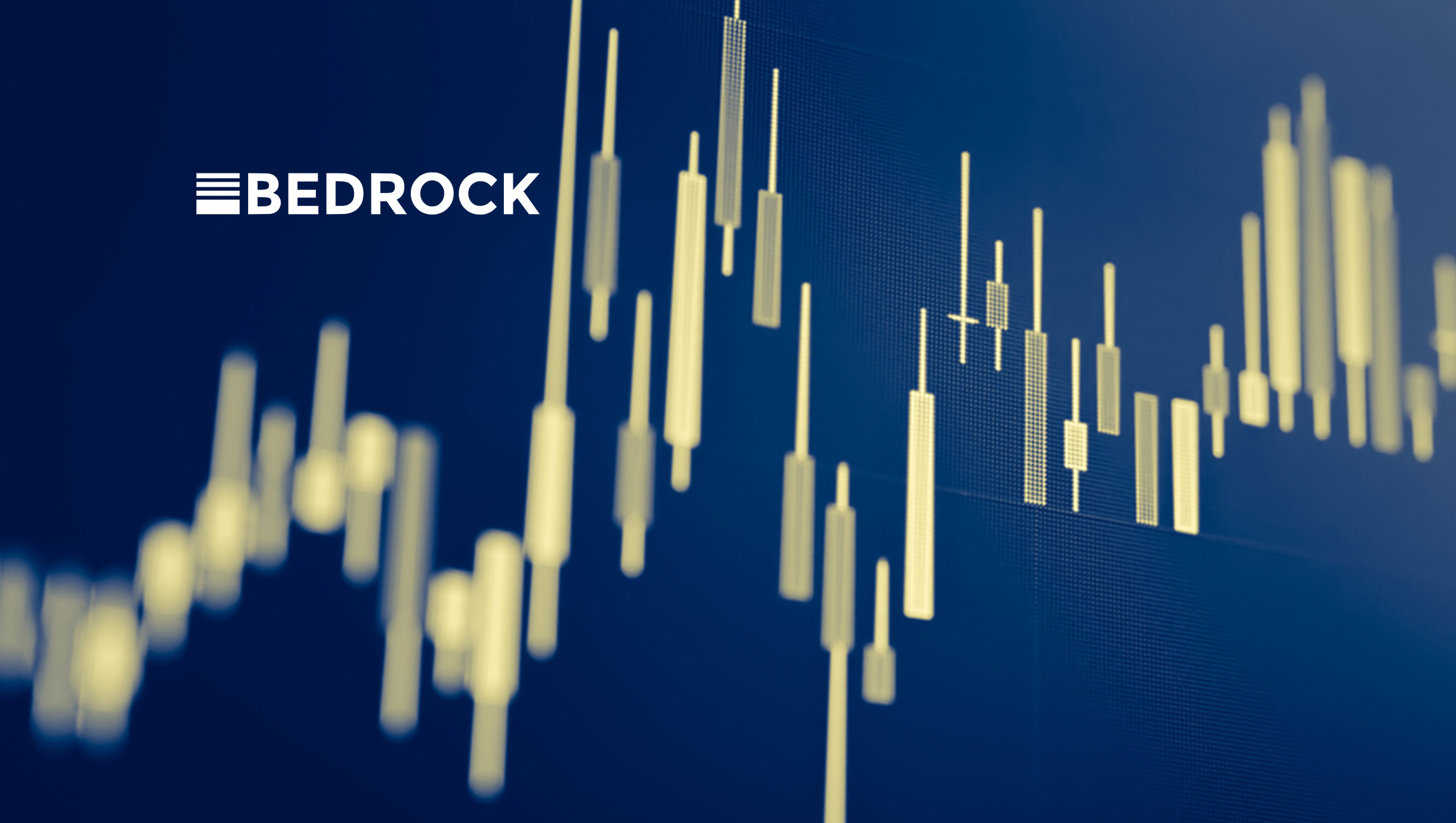![]() Most of you would probably say: you should slash prices to boost Sales. However, in reality, promos are often ineffective. 52% of weekly or monthly retail promos target customers that would have paid a full price. 72% of promos never break even. And yet, most retailers keep cutting prices and, by extension, killing their margins. Meanwhile, advanced brick-and-mortar retail businesses are trying out sophisticated pricing analysis software to find a balance between the beneficial price of a Product and their Sales goals.
Most of you would probably say: you should slash prices to boost Sales. However, in reality, promos are often ineffective. 52% of weekly or monthly retail promos target customers that would have paid a full price. 72% of promos never break even. And yet, most retailers keep cutting prices and, by extension, killing their margins. Meanwhile, advanced brick-and-mortar retail businesses are trying out sophisticated pricing analysis software to find a balance between the beneficial price of a Product and their Sales goals.
Why do retailers keep cutting prices blindly? Is it so bad?
It seems a no-brainer: the market is so dynamic that it calls for near real-time pricing decisions. As customers are armed with various devices and the Internet to compare prices before making a purchase, the window for a pricing decision is getting even narrower. Also imagine that Managers are responsible for hundreds of other tasks and pressured by other KPIs, in addition to setting competitive prices. Therefore, the answer is obvious: Retail teams have no choice but to react quickly to keep up with their competition and retain customers.
One might ask: what seems to be a problem? The first issue here is price wars. Engaging in a price race usually means you copy your competitors and cut prices until you just can’t take it anymore. As a rule, it is a lose-lose situation: the whole market eventually reaches the rock bottom prices, which is difficult to bounce back from.
Another problem is killing your own margins. The thing is that by modifying a price for one product, you inadvertently impact the Sales and Revenue of the whole product portfolio — and usually not in a good way. To be able to calculate the effect of every pricing decision and choose the price for every item to boost the entire revenue, you need to marry Human and Machine Intelligence.
In other words, it’s necessary to employ some kind of computational software which can process enormous amounts of data, establish interrelations between items in the portfolio, take into account all the cross and price elasticities, and tell you whether to engage in a promo race at all, and how deep a discount you should offer, if any. Fortunately, the market already offers some solutions, some of them are AI-powered, which can provide retailers with the optimal pricing scenario.
Using Cognitive Technology to grow Sales and Revenue
Tatyana Moiseyenko, Commercial Director at offline Consumer Electronics retailer Foxtrot, summarizes major price-related retail challenges: “Setting the optimal prices is the key instrument to manage retail profits efficiently. The main question is what a reasonable price range and adjustment to increase Sales and keep the margin optimal are.” Foxtrot has partnered with Competera, a retail price optimization company, to try out the potential of Cognitive technology like Machine Learning to set optimal prices for a certain group of products. After one month of cooperation, Foxtrot saw its revenue grow by 16%. What’s more, the AI-powered algorithm managed to keep a 98.5% margin level for selected items (as compared to 53% in the control group where the retailer’s team set the prices).
Machine Learning augments the human capability of analyzing endless amounts of data, sifting through thousands of pricing scenarios and choosing one which will help keep margins and make customers happy. After processing all the necessary data, AI algorithms recommend precise data-driven prices for products in question to increase the total revenue.
In a nutshell, you give the algorithms your goals for particular products, a category or portfolio (for example, to boost Revenue or increase Sales), feed them all the necessary data, set restrictions (for example, not to offer a discount deeper than 20%), and the algorithms tell you how to get there in the best way possible.
All in all, learning to balance between the customer’s price expectations and the desire to boost Revenue is among the key challenges of today’s retailers. Managers can no longer process all the necessary data to come up with optimal prices in real-time. At the same time, advanced companies are successfully adopting AI-powered price optimization software as a way to increase Revenue and Sales. So why not join the ranks of first movers and grow?
Read more: Laying down the Foundation for a Complete Trade-In Model











